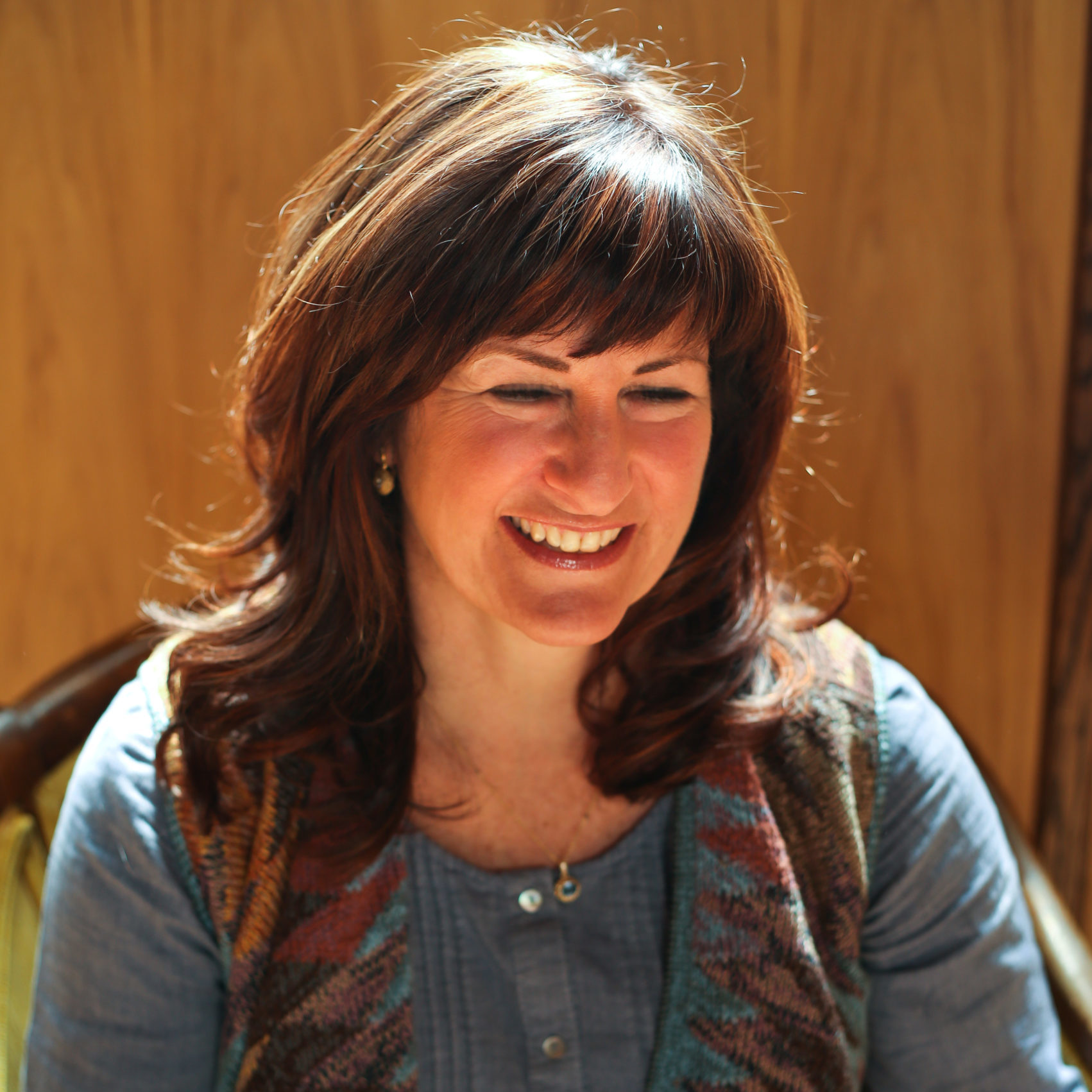
Kathleen is a lover of embodied, joyous living and deep engagement in our nature. She is an award-winning author and life/movement coach.
A look at green end-of-life options available in Illinois
Nothing is certain except death and taxes, Benjamin Franklin wrote in 1789. In 2022, what also feels certain for many Americans is our collective demise, as forests burn, waters rise in some places and disappear in others, and soils deplete.
As people’s environmental awareness increases, so does the demand for climate-conscious end-of-life plans.
The demand grows out of bleak funeral industry statistics. Cemeteries in the U.S. take up an estimated 1.4 million acres of land, and humans require more than 1,600 additional acres for burial each year, according to Talk Death, a group that advocates for environmentally conscious body disposal. Besides land, cemeteries also use 4 million gallons of toxic embalming fluid, as well as 13,000 tons of steel and 1.5 million tons of concrete for burial vaults every year. Traditional cremation doesn’t fare much better in terms of environmental impact. Fire cremations in the U.S. emit 360,000 tons of carbon dioxide annually — the amount of carbon dioxide your car would emit if you drove to the sun and back five times every year, Talk Death reports.
While many people still pursue traditional burials, 60.5% of Americans are curious about green end-of-life options because of potential environmental benefits, cost savings, or other reasons, according to the National Funeral Directors Association (NFDA) 2022 Consumer Awareness and Preferences Report.
Green end-of-life options include:
- Water cremation, also called flameless cremation or aquamation, and known scientifically as alkaline hydrolysis.
- Organic reduction, known also as body composting (not yet legal in Illinois).
- Natural burials.
Here’s a look at Illinois’ current environmentally conscious end-of-life options.
Green body burials
The Green Burial Council defines green burial “as a way of caring for the dead with minimal environmental impact that aids in the conservation of natural resources, reduction of carbon emissions, protection of worker health, and the restoration and/or preservation of habitat.” This includes the use of biodegradable containers, caskets, and shrouds, as well as non-toxic embalming fluids. Conventional lawn cemeteries that bury in concrete or plastic vaults or liners, allow embalmed bodies or exotic wood or metal caskets, and fertilize their lawns with toxic chemicals are not considered green.
“We want to leave the environment richer than when we started.”
The simplest, least expensive option for green burial involves dressing the deceased in a biodegradable shroud and burying them on private property, with permission. The Green Burial Council offers burial depth guidance, and Illinois law states that “All dead human bodies…not encased in a concrete, fiberglass, or other similar hardback outer enclosure shall have a cover of not less than 18 inches of earth at the shallowest point over the receptacle in which such body or remains are placed.”
Ask a town or city engineer to check your soil for decomposition viability. It’s also important to check local zoning requirements and restrictions.
Chicagoland funeral company Green Burials of Love facilitates environmentally friendly burials.
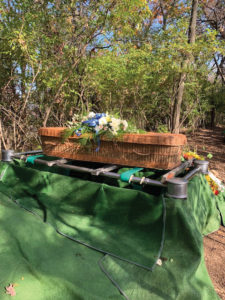
“We want to leave the environment richer than when we started,” says Marion Friel, owner of Green Burials of Love, Ltd.
Friel’s clients use a burial shroud, seagrass or willow casket, or simple wooden box for burial. If someone requests embalming, the company uses non-toxic chemicals. “The objective is to let decomposition occur naturally and to let the nutrients nourish the soil and all living things around,” Friel says.
Green Burials of Love can assist with an eco-friendly burial at any cemetery but primarily works with Windridge Memorial Park & Nature Sanctuary in Cary. Originally a private estate, Windridge became a hybrid cemetery (offering both natural and traditional burials) in 1965. On request from the estate owners, Windridge promised to remain an ungated cemetery where animals can roam freely.
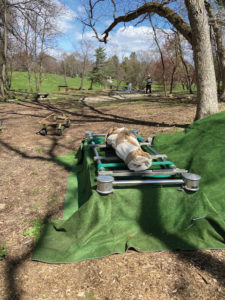
As a result, Windridge is home to upwards of 40 deer at a time, as well as fox, raccoons, barn owls, and more, says Kelly Lawyer, family services manager at Windridge. The cemetery’s green section contains foliage, trees, and nature trails. Boulders or rocks from the area, with name plates attached, mark graves in the green section. Families can plant foliage, flowers, and even small trees at their loved ones’ burial sites.
The request for natural burials has grown immensely in the past 15 years, Lawyer says, noting that 10% of Windridge’s burials are natural. Some choose natural burial for environmental reasons, some for its simplicity, and others for religious beliefs.
According to New Hampshire Funeral Resources and Education (NHFRE), only six green cemeteries exist in Illinois. They include Windridge, the Lithuanian National Cemetery in Justice, Pleasant Grove Memorial Park in Murphysboro, and Willow Lawn Memorial Park in Vernon Hills. The remaining two — Casper Creek Natural Cemetery in Elizabeth and Roselawn Memorial Park in Springfield — are also Green Burial Council-certified.
The number of sites will likely increase. As of October 2022, NHFRE listed 329 green burial cemeteries in the United States, compared to 109 in April 2015.
Environmental cremation
Whether for environmental reasons, cost, or another motivation, some people prefer cremation over body burial.
Arlington Heights resident Rob Soderholm faced that decision when his mother passed away. He says he wanted a more environmentally friendly option than fire cremation. The only problem was finding one.
Glueckert Funeral Home in Arlington Heights offered Soderholm and his wife Barb water cremation as an alternative. A local facility had just opened and would handle their contract.
Shortly thereafter, the Soderhholms learned their neighbor, Philip Flores, opened Cremation by Water in Arlington Heights.
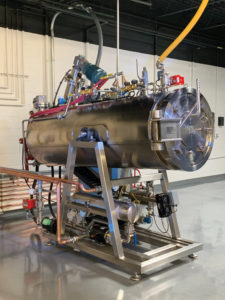
The water cremation process involves mixing water and potassium hydroxide (a strong alkaline chemical found in many beauty supplies and cleaning products). The liquid is heated as high as 300 degrees, depending on the system model, says Ryan Cattoni, owner of AquaGreen Dispositions in South Holland. It never boils, he adds, because “it’s a sealed system — no oxygen.” Heat and alkalinity increase the speed of the body’s natural breakdown.
The body goes into a pressurized vessel, and the solution gently circulates over the body, breaking it down into its most basic organic elements, Flores says. By the end, metal implants and bones remain. The bones are so brittle that they can be broken down by hand, though a cremulator is used, which creates a very fine, white powder. AquaGreen offers families the metal implants or recycles them and donates the proceeds to charity.
Illinois legalized water cremation in 2012, the same year that Cattoni opened AquaGreen. Now, according to Friel, water cremation is widely available. If a family does not see it as a listed option, they should ask about it.
Matthew Baskerville, funeral director at Reeves & Baskerville, estimates that 25% of his clients that are pre-planning cremations choose alkaline hydrolysis. Those that are taking care of parents’ end-of-life options tend to choose fire cremation because that’s what their parents would have known, he says.
Cattoni and Flores are both working to grow this percentage. “I’m an environmentalist at heart,” says Flores, who opened his facility in January 2021. “I got into it to set an example for my children and their children. I wanted to make sure I did my part while I’m still on this planet to do good.”
Where cremains remain
After cremation, people have to decide what to do with the remains.
One option: spreading or burying cremains in a designated forest. Better Place Forests offers a site overlooking the Rock River in Oregon, Illinois. The 60-acre woodland contains more than 10 species of trees, including oak, hickory, and ironwood. Great blue herons, deer, opossum, and other wildlife wander the property.
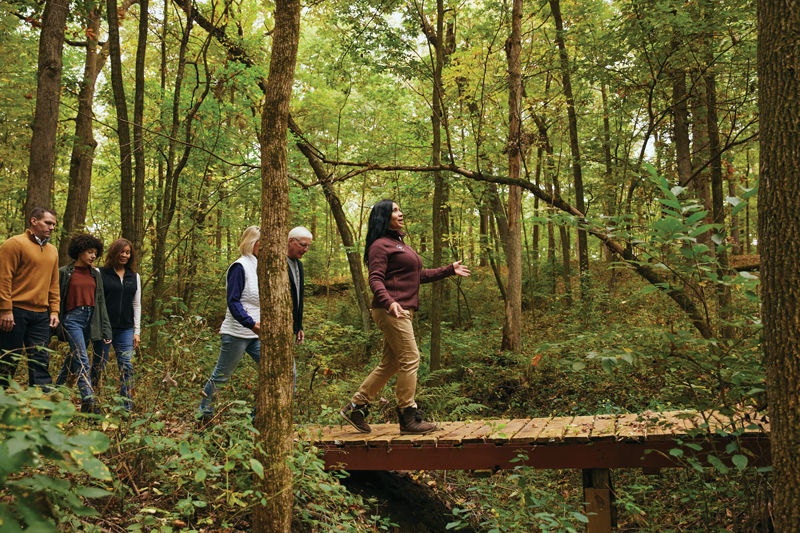

This diversity “is a really good sign of a healthy forest, a rich ecosystem,” says Jimmy Westenberg, general manager of Better Place Forests, Rock River. “People find peace here.”
Better Place Forests started in 2015, opening its first property in a redwood forest in Point Arena, California. Currently there are nine forests — four in California and one each in Illinois, Minnesota, Massachusetts, Connecticut, and Arizona. Better Place Forests preserves memories through memorial trees while ensuring the conservation of these forests.
The organization purchased the Rock River property in spring 2021 and opened as an end-of-life option shortly thereafter. Ash spreadings began in April 2022.
Some people come holding ashes, while others visit the forest to pre-plan for themselves or loved ones — free to explore the property’s trails or to picnic. Simple wooden benches provide gathering places for memorials. People can choose a tree where their cremated remains will be spread and commemorated with a memorial marker.
Better Place Forests sets aside 7% of all funds received from tree purchases in a stewardship trust to care for the forests. In case trees die or become diseased or hazards, Better Place Forests will work with the family to select a new tree or find a way to honor the place of the original tree.
Loved ones’ cremains are nestled in leaves and sticks next to the chosen tree, and over time, the ground absorbs them, Westenberg says. During memorial services, mourners mix soil and wild flower seeds with the cremains. This helps the tree absorb the cremains without harming the tree. Additionally, Better Place Forests works with soil scientists to develop a ratio of soil to cremains to ensure no impact to the tree, Westenberg says.
Judy Cramer, of Downers Grove, spread her husband’s ashes at Rock River in June 2022. “My husband and I had agreed to be cremated but hadn’t made any plans. I was on the internet, and Better Place popped up. I found it intriguing,” Cramer says.
Cramer describes how she and her husband loved to watch sunsets and eagles from their porch on a Missouri bluff. When she saw eagles at Rock River, she knew that she had found her husband’s final resting place.
In choosing a tree, Cramer took a video. “I did a video at the base of the tree going up to the top. All of a sudden there were sun rays coming between the branches of the tree,” Cramer says.
The experience confirmed her decision. Cramer purchased the tree where she would spread her husband’s ashes and perhaps her cat’s, and where her family would also one day spread her own.
Cramer likes knowing that her family will enjoy walking and picnicking in this forest. Like Cramer and her husband, their children and grandchildren may watch eagles fly at sunset as they remember and celebrate their parents and grandparents.
Cramer’s words on the memorial marker at the base of her husband’s tree reflect that vision: “Find me in the sunset with eagles gliding through. Wish me to be nearby, and I’ll be there with you.”






